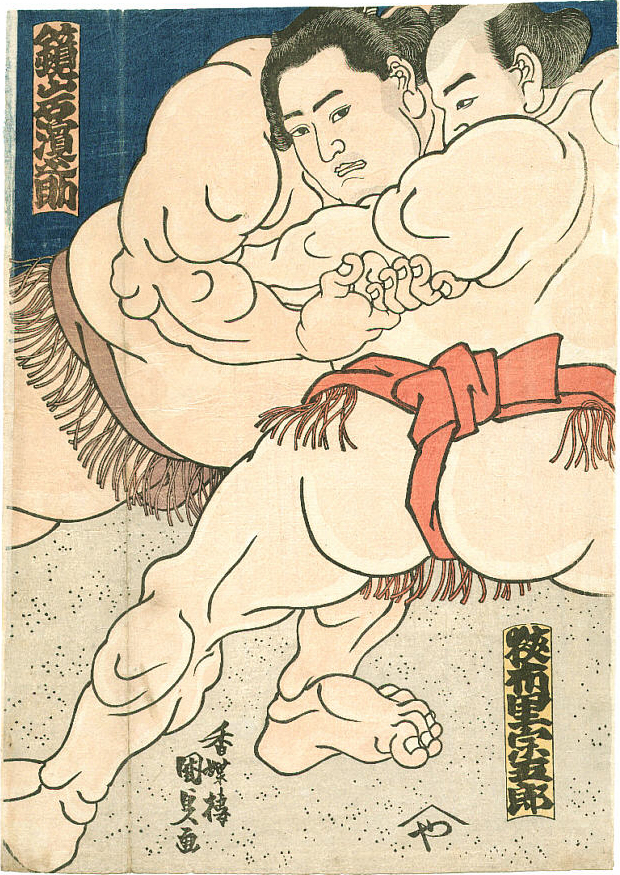Stamp: Chamonix 1924 (Equatorial Guinea 1975)
Chamonix 1924 (Equatorial Guinea 1975)
10 March (Equatorial Guinea ) within release Winter Olympics 1976, Innsbruck: Posters of previous games goes into circulation Stamp Chamonix 1924 face value 0.05 Equatorial Guinean ekuele
| Stamp Chamonix 1924 in catalogues | |
|---|---|
| Michel: | Mi:GQ 535 |
| Yvert et Tellier: | Yt:GQ 58A |
Stamp is vertical format.
Also in the issue Winter Olympics 1976, Innsbruck: Posters of previous games:
- Stamp - Chamonix 1924 face value 0.05;
- Stamp - St. Moritz 1928 face value 0.10;
- Stamp - Lake Placid 1932 face value 0.15;
- Stamp - Garmisch-Partenkirchen 1932 face value 0.20;
- Stamp - St.Moritz 1948 face value 0.25;
- Stamp - Cortina d'Ampezzo 1956 face value 0.35;
- Stamp - Squaw Valley 1960 face value 0.40;
- Stamp - Innsbruck 1964 face value 0.45;
- Stamp - Grenoble 1968 face value 25;
- Stamp - Sapporo 1972 face value 70;
- Souvenir Sheet - Alpine Skiing face value 130;
- Souvenir Sheet - Cross-country skiing face value 200;
Stamp Chamonix 1924 it reflects the thematic directions:
Birds (Aves), a subgroup of Reptiles, are the last living examples of Dinosaurs. They are a group of endothermic vertebrates, characterised by feathers, toothless beaked jaws, the laying of hard-shelled eggs, a high metabolic rate, a four-chambered heart, and a strong yet lightweight skeleton. Birds live worldwide and range in size from the 5 cm (2 in) bee hummingbird to the 2.75 m (9 ft) ostrich. They rank as the class of tetrapods with the most living species, at approximately ten thousand, with more than half of these being passerines, sometimes known as perching birds. Birds are the closest living relatives of crocodilians.
Sports, are all usually forms of competitive physical activity or games which, through casual or organised participation, aim to use, maintain or improve physical ability and skills while providing enjoyment to participants, and in some cases, entertainment for spectators. Usually the contest or game is between two sides, each attempting to exceed the other. Some sports allow a tie game; others provide tie-breaking methods, to ensure one winner and one loser. A number of such two-sided contests may be arranged in a tournament producing a champion. Many sports leagues make an annual champion by arranging games in a regular sports season, followed in some cases by playoffs. Hundreds of sports exist, from those between single contestants, through to those with hundreds of simultaneous participants, either in teams or competing as individuals. In certain sports such as racing, many contestants may compete, each against each other, with one winner.
The modern Olympic Games or Olympics (French: Jeux olympiques) are leading international sporting events featuring summer and winter sports competitions in which thousands of athletes from around the world participate in a variety of competitions. The Olympic Games are considered the world's foremost sports competition with more than 200 nations participating. The Olympic Games are held every four years, with the Summer and Winter Games alternating by occurring every four years but two years apart.
Ski jumping is a winter sport in which competitors aim to achieve the farthest jump after sliding down on their skis from a specially designed curved ramp. Along with jump length, competitor's aerial style and other factors also affect the final score. Ski jumping was first contested in Norway in the late 19th century, and later spread through Europe and North America in the early 20th century. Along with cross-country skiing, it constitutes the traditional group of Nordic skiing disciplines.
A building or edifice is a structure with a roof and walls standing more or less permanently in one place, such as a house or factory. Buildings come in a variety of sizes, shapes and functions, and have been adapted throughout history for a wide number of factors, from building materials available, to weather conditions, to land prices, ground conditions, specific uses and aesthetic reasons. Buildings serve several needs of society – primarily as shelter from weather, security, living space, privacy, to store belongings, and to comfortably live and work. A building as a shelter represents a physical division of the human habitat (a place of comfort and safety) and the outside (a place that at times may be harsh and harmful).
Eagle is the common name for the golden eagle, bald eagle, and other birds of prey in the family Accipitridae. Eagles belong to several groups of genera, some of which are closely related. True eagles comprise the genus Aquila. Most of the 68 species of eagles are from Eurasia and Africa. Outside this area, just 14 species can be found—two in North America, nine in Central and South America, and three in Australia.







